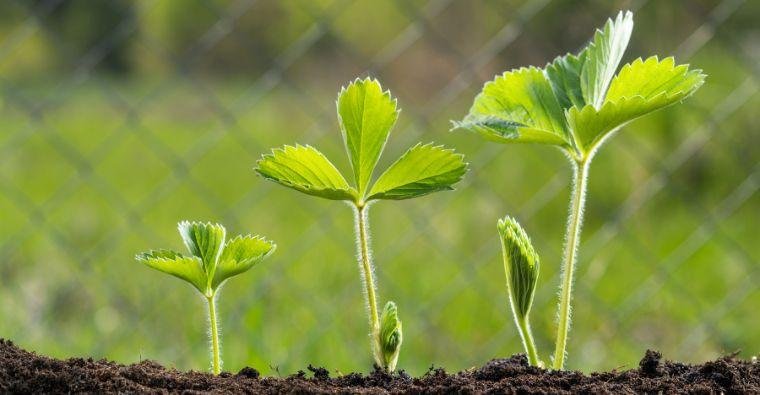Spring: A Time of Renewal
Blossoming Beauty
Spring is often seen as a time of renewal and rebirth. As the days grow longer and temperatures rise, dormant plants awaken from their winter slumber. Buds swell and burst into a riot of colors, with flowers blooming and trees leafing out. Cherry blossoms, daffodils, and tulips are just a few examples of the vibrant blooms that herald the arrival of spring.
Wildlife Awakens
Spring also signals a period of increased activity in the animal kingdom. Birds return from their winter migrations, filling the air with song as they search for mates and build nests. Insects, such as bees and butterflies, become more active, pollinating flowers and playing a crucial role in the ecosystem. Many animals give birth to their young, taking advantage of the abundant food supply.
Summer: A Season of Abundance
Flourishing Flora
Summer is characterized by warmth and long days, providing optimal conditions for plant growth. Gardens and fields are lush with greenery, and fruits and vegetables reach their peak ripeness. Sunflowers, roses, and lavender add splashes of color to the landscape, while trees provide ample shade to escape the heat.
Active Fauna
With the abundance of food, animals are at their most active during summer. Mammals graze on rich pastures, birds feed their growing chicks, and marine life thrives in warm waters. Insects, too, are in full force, with butterflies flitting about and bees busily collecting nectar. This is also the season when many animals teach their young essential survival skills.
Autumn: A Time of Transformation
Changing Colors
As summer fades, autumn ushers in a dramatic transformation. Deciduous trees put on a spectacular display as their leaves change color to brilliant shades of red, orange, and yellow before falling to the ground. This process, triggered by shorter days and cooler temperatures, is a preparation for the coming winter.
Harvest Season
Autumn is also a time of harvest. Crops like apples, pumpkins, and corn are gathered, and farmers prepare their land for the winter. This season of plenty is often celebrated with festivals and feasts, highlighting the bounty of nature's offerings.
Wildlife Preparations
Animals prepare for the colder months by storing food and building shelters. Squirrels collect nuts, birds migrate to warmer climates, and bears eat voraciously to build up fat reserves for hibernation. The natural world slows down, conserving energy for the challenging winter ahead.
Winter: A Season of Rest
Stark Beauty
Winter, with its cold temperatures and shorter days, brings a stark beauty to the landscape. Snow blankets the ground, creating a serene and quiet environment. Trees stand bare, their skeletal forms silhouetted against the crisp sky, while evergreens provide a splash of color amidst the white.
Adaptations for Survival
Winter is a time of rest and survival for many species. Some animals hibernate, entering a state of deep sleep to conserve energy, while others remain active but adapt to the harsh conditions. Arctic foxes and hares change their fur color to blend in with the snowy environment, and birds fluff their feathers for extra insulation.
The Interconnected Cycle
The changing seasons illustrate the interconnectedness of nature. Each season sets the stage for the next, creating a seamless cycle of growth, abundance, transformation, and rest. This rhythm ensures the survival and flourishing of countless species, maintaining the delicate balance of our ecosystems.
Nature's seasonal transformations are a testament to its resilience and adaptability. By understanding and appreciating these changes, we gain a deeper respect for the natural world and the intricate cycles that sustain life on Earth. Whether it's the vibrant blooms of spring, the lush growth of summer, the colorful transformations of autumn, or the serene beauty of winter, each season offers its own unique wonders, inviting us to pause and reflect on the ever-changing tapestry of nature.




